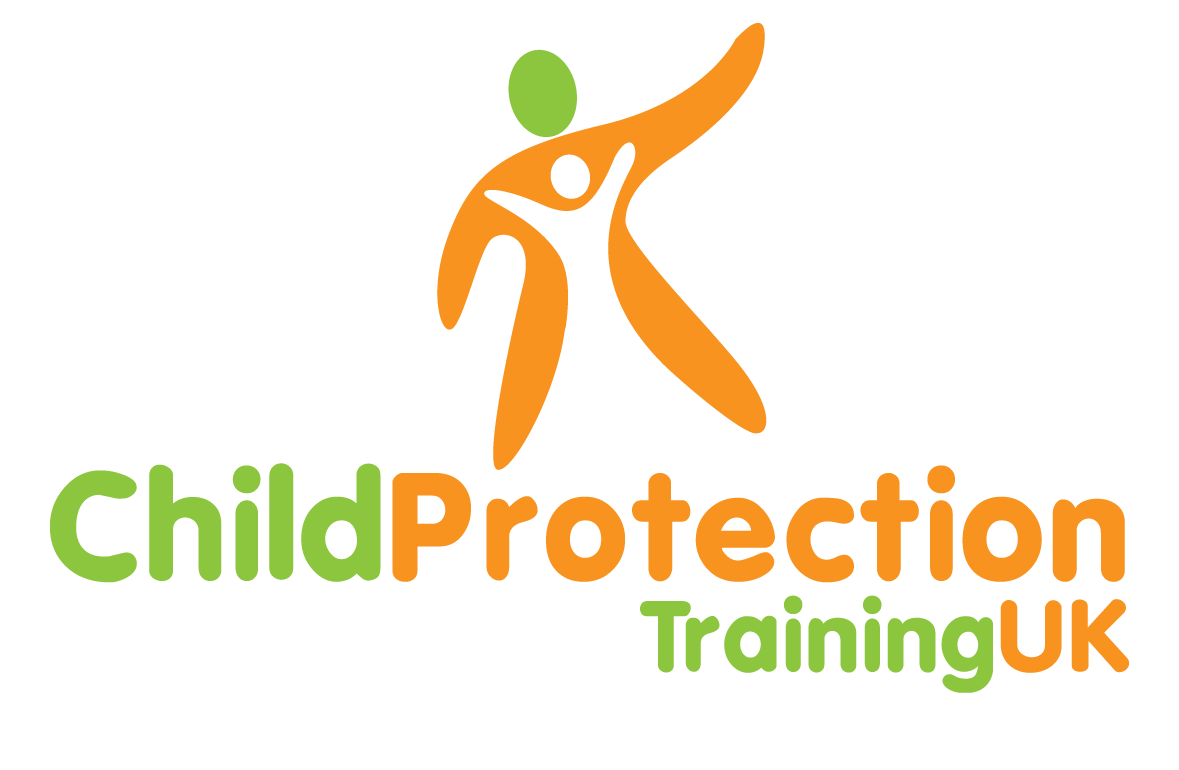Rise in restraint and self-harm in youth custody
Young people in custody are increasingly likely to be subjected to restraint and resort to self-harm, latest figures show.
Annual youth justice statistics, published today, show that although the overall number of restraints in the youth secure estate fell 23 per cent from 8,419 in 2011/12 to 6,455 in 2012/13, use of the controversial practice increased proportionally.
Due to falling numbers of young people in custody, the number of restraint incidents per 100 young people actually rose two per cent from 25.1 restraints per 100 young people in 2011/12, to 25.6 in 2012/13.
Likewise, although the overall number of self-harm incidents fell by 20 per cent, from 1,725 in 2011/12 to 1,388 in 2012/13, there was a proportional increase of seven per cent from 5.1 incidents per 100 young people in 2011/12 to 5.5 incidents in 2012/13.
However, the statistics showed improvements in first-time offender numbers, total offences committed and reoffending rates. It found:
- In 2012/13, there were 27,854 first time entrants to the system, a drop of 25 per cent compared to the 2011/12 figure of 36,677.
- The total number of proven offences has fallen for the seventh consecutive year, down 28 per cent from 137,335 in 2011/12 to 98,837 in 2012/13.
- Of 43,601 young people sentenced in England and Wales in 2012/13, 2,780 were given an immediate custodial sentence – a rate of 6.4 per cent, compared to 6.7 per cent in 2011/12.
- The proportion of young people who offended in 2011/12 and went on to reoffend in 2012/13 people was 35.5 per cent, compared to 35.8 per cent the previous year.
- 69.3 per cent of those who left custody reoffended within a year, compared to 72.6 per cent the previous year – the lowest level since current recording methods began in 2000.
Penelope Gibbs, chair of the Standing Committee for Youth Justice, said: “There’s some really good news in the new youth justice figures – reductions in the number of children entering the system for the first time, fewer proven offences, and a 21 per cent drop in the number of children in custody.
“But the situation in custody is really worrying.
“It’s very disturbing that we’re seeing a rise in the use of restraint and in the instances of self-harm, particularly because this could indicate these children are not getting the intensive support they need.
“The government needs to act urgently to improve the situation.”
Andrew Neilson, director of campaigns at the Howard League for Penal Reform, said: “We should not accept the premise that having fewer children in custody means that the proportion of restraints will rise.
“Falling numbers should mean there is an opportunity to achieve a safer and better environment because there are more resources and more staff to care for each child.
“The fact that, on average, 18 children are being restrained every day emphasises the inability of these institutions to safely manage the young people in their care.”
Attempts to reduce the use of restraint are already under way.
A new restraint system that focuses on so-called “de-escalation techniques” and the use of restorative justice was announced in July 2012, four months after the most recent reporting period started, and is in the process of being rolled out across the secure estate.
Lin Hinnigan, chief executive of the Youth Justice Board, said the falls in the number of new entrants to the youth justice system and those held in cutody were “very encouraging”.
She added: “These achievements are a great credit to the wide range of agencies involved in working with young people who are at risk of offending or have offended.
“However, whilst the number of young people reoffending has fallen, reoffending by a small group of challenging and troubled young people remains high. This remains a priority for the YJB in the coming year, as we enter the second phase of a three-year programme of work to address this issue.”
Source: CYPNow

